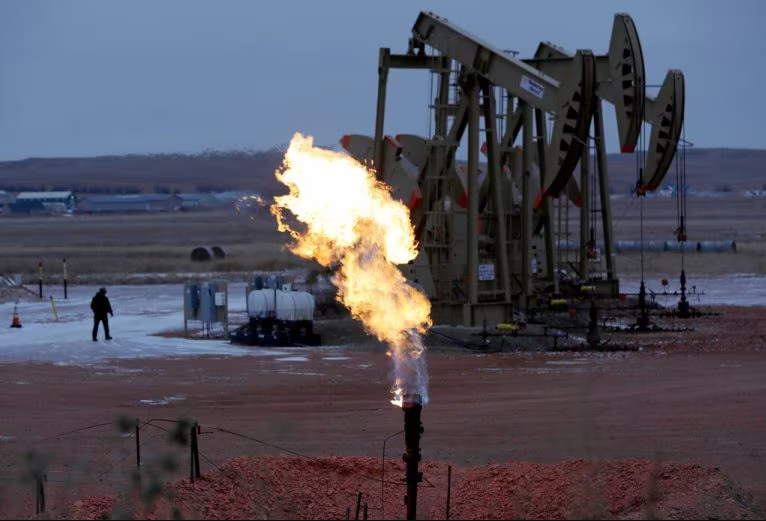Oil prices remained steady on Monday, as the impact of rising geopolitical tensions in the Middle East was offset by signs of weakening demand in the global market.
The conflict between Israel and Hamas continued over the weekend, with Israeli raids putting the Gaza Strip’s second-largest hospital out of service. On Saturday, Yemen’s Iran-aligned Houthi fighters claimed responsibility for an attack on an India-bound oil tanker.
These events have raised concerns about the security of oil supply in the region, which accounts for more than a third of the world’s crude production. However, oil prices have not seen a significant boost from the escalation, as the market is still grappling with the effects of the coronavirus pandemic on oil consumption.
Demand outlook remains uncertain
The International Energy Agency (IEA) and the Organization of the Petroleum Exporting Countries (OPEC) both lowered their forecasts for oil demand growth in 2024 last week, citing the slow recovery of the global economy and the uneven rollout of vaccines.
The IEA said that oil demand would increase by 5.4 million barrels per day (bpd) in 2024, down by 270,000 bpd from its previous estimate. OPEC revised its demand growth projection down by 110,000 bpd to 5.79 million bpd.
The demand outlook is also clouded by the resurgence of COVID-19 cases in some countries, such as India, Brazil, and Japan, which have imposed new lockdowns and restrictions to contain the virus. These measures have reduced the mobility and fuel consumption of millions of people, putting pressure on oil prices.
Oil prices hover near three-week highs
Despite the demand uncertainty, oil prices have managed to stay near three-week highs, supported by the ongoing production cuts by OPEC and its allies, known as OPEC+. The group agreed in April to gradually ease the output curbs from May to July, adding about 2 million bpd to the market.
Brent crude, the international benchmark, edged down 6 cents to $83.41 a barrel by 11:52 a.m. ET [1652 GMT]. U.S. West Texas Intermediate (WTI) crude for March delivery, which expires on Tuesday, rose 36 cents, or 0.5%, to $79.55 a barrel.
The WTI contract for April deliveries fell 10 cents to $78.36 a barrel.
Analysts expect oil prices to remain range-bound in the near term, as the market balances the supply and demand factors. Some also warn that the high level of speculative positions in the oil market could lead to a sharp correction if the sentiment changes.
A sustainable future for oil?
The oil industry is facing not only the challenges of the pandemic but also the long-term transition to a low-carbon economy. The IEA said in its report that oil demand would plateau in the second half of the decade, as renewable energy sources and electric vehicles gain more market share.
The agency urged oil producers and consumers to work together to ensure a smooth and orderly transition while avoiding price volatility and energy insecurity. It also called for more investment in clean energy technologies and innovation, as well as stronger policies and regulations to reduce greenhouse gas emissions.
The IEA said that the world could achieve net-zero emissions by 2050, but only if all stakeholders make “unprecedented efforts” to transform the energy sector. It said that this would not only benefit the environment, but also create millions of jobs, boost economic growth, and enhance human health and well-being.
Source: Reuters



